An expensive, professional SLR camera can only show its strengths when it is also used with high-quality lenses. If you are still looking for the right lenses for your DSLR, you should definitely take a closer look at the Sigma lenses from this category. This manufacturer has an extremely wide range of lenses to offer that are suitable for a wide variety of applications. The Japanese company is probably already known to most photographers through its extensive range of interchangeable lenses. However, it also produces flash units and its own digital cameras. However, the focus is still on the production of lenses.
There is something in the lens portfolio to suit every quality requirement as well as every wallet. All lenses are equipped with modern lens elements that feature aspherical grinding and low dispersion. Ultra-quiet motors that enable almost silent focusing are also part of the standard equipment of these lenses. For more than 50 years, the Japanese manufacturer has been producing high-quality lenses and is now one of the leading suppliers of lenses thanks to its know-how and experience. The company has set itself the goal of supporting every photographer in the best possible way to live out his or her artistic freedom and to achieve optimal image results in every area of application.
Are you thinking of buying a Sigma lens, but are still unsure about the choice? No problem, we'll be happy to help you. Take your time to browse our extensive range of Sigma lenses and then simply scroll down to the bottom of our website. There, we have compiled detailed information about the company and its portfolio of lenses to help you make the right choice and make your purchase decision easier.
The company was founded in 1961 and started its successful career with digital compact cameras, which were sold under the series names "Merrill" and "Quattro". Sigma also made a name for itself with its SD1 SLR camera. To this day, however, the company's main focus is on the production of lenses. They are not only intended for the manufacturer's own cameras, but also fit the camera mounts of many other popular brands. The range includes every kind of lens - from wide-angle lenses to telephoto zoom lenses with long focal lengths. Every day, about 4000 lenses are finished in the company's halls and sold all over the world. The German headquarters is located in the Rhine-Main area, more precisely in Rödermark.
A fair price is typical for this manufacturer: fixed focal lengths for the wide-angle range are already available for about 200 euros. Most zoom lenses in the wide-angle, standard or telephoto range are also available for reasonable prices. However, there are also specimens that are very well equipped and have a high light intensity, so that they cost just under 1000 euros. There is no limit to the price of Sigma lenses: there are models with extreme focal lengths in the range of 300 to 800 millimetres that cost several thousand euros. How much money you have to calculate for a Sigma lens also depends on the desired equipment. For example, depending on your needs, models are available with and without OS stabiliser.
The manufacturer's own connection for Sigma cameras is called the SA bayonet. This uses a protocol for digital signal transmission similar to Canon's EF mount. The company has been producing lenses for the EF mount for many years, but also offers lenses for the Nikon F mount, for Pentax K and for Sony's NEX and Alpha mounts.
The Sigma lens series are identified by the following abbreviations, among others:
You will also find a "DG" for "Digital Grade" or a "DC" for "Digital Compact" in the model names. These abbreviations indicate whether the lens is suitable for use on a full-frame camera. DG lenses are optimised for use with full-frame sensors, while DC lenses are designed for the image area used by APS-C sensors. Therefore, DC lenses cannot be used on full-frame cameras. When selecting lenses, also make sure that the optical image stabiliser is not available for Pentax or Sony cameras, because the image stabilisation on these camera models is already done internally in the camera.
According to the Sigma Global Vision basic concept, all lenses from the manufacturer can be divided into three different product lines. This allows you to immediately recognise for which area of application the lenses are particularly suitable, which makes the decision easier. Here
With a lens from the Art product line, you can give free rein to your artistic creativity. The lenses are optically of the highest quality. In particular, fast fixed focal lengths, wide-angle lenses and macro lenses are assigned to the Art category.
The Contemporary product series stands for an extremely compact design and universal use. You will find many universal and standard zoom lenses in this series.
To capture fast-paced moments from a greater distance, you are well advised to use a Sigma lens from the Sports series. Thanks to their long focal lengths and image stabilisation, these super-telephoto or super-telephoto lenses are perfect for sports photography, but also for capturing wildlife.
We have summarised all the significant advantages and disadvantages of the Sigma lenses for you once again below:
Fair price for most fixed focal length and zoom lenses
Available with or without image stabilisation
Lenses for full-frame and APS-C sensors on offer
Many focal lengths covered
Clear product designation thanks to Sigma Global Vision concept
The lenses have a high-quality finish
Some lenses with high speed and/or a focal length in the extreme telephoto range can cost several thousand euros
In some cases, the feel is not as good as with the original lenses
So it is clear that the advantages outweigh the disadvantages with Sigma lenses. You will certainly make a good choice with a Sigma lens if you are looking for high-quality optics at a fair price, far away from the original lenses of your camera manufacturer.
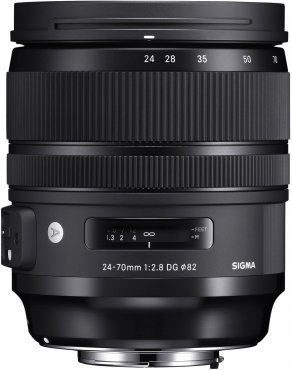

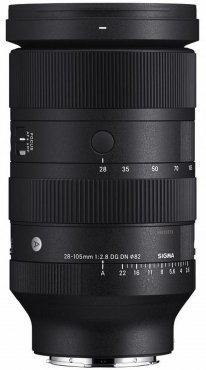
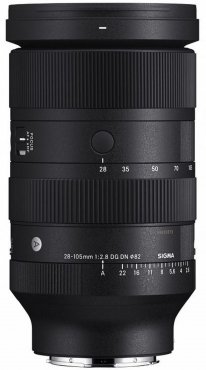
![Sigma 50mm f/1.4 DG HSM [A] Canon AF - 6009013 Sigma 50mm f/1.4 DG HSM [A] Canon AF](https://media.foto-erhardt.de/images/product_images/thumbnail_images/191/sigma-50mm-114-dg-hsm-a-canon-af-159764697019170304.jpg)

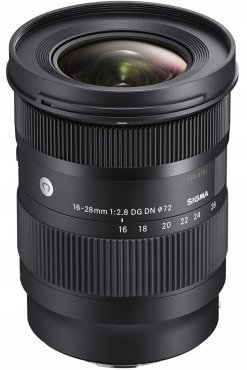
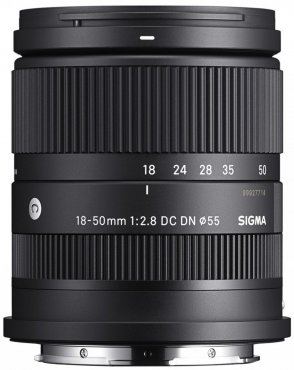


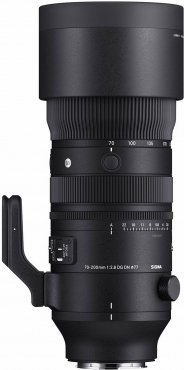
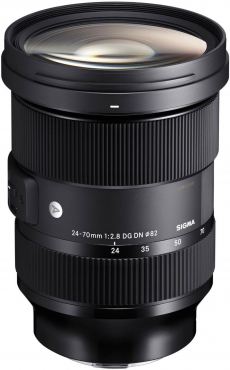


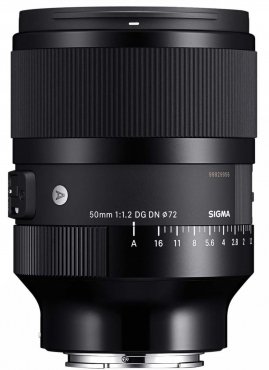
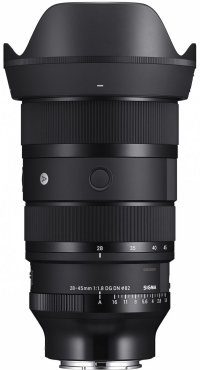

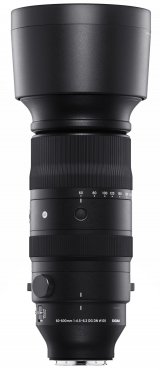
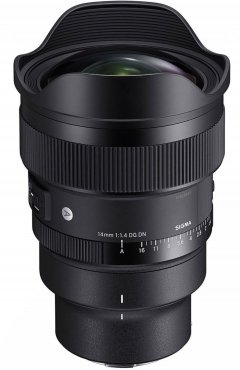
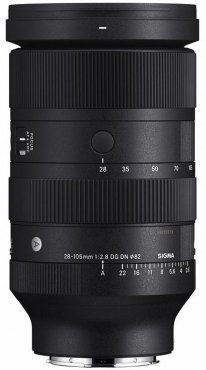
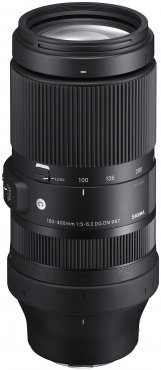

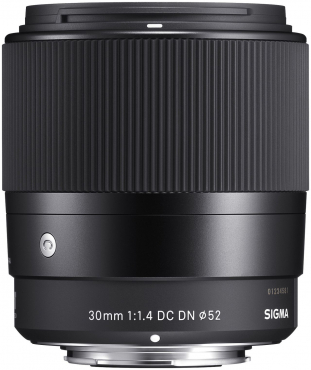
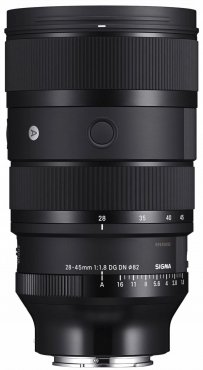
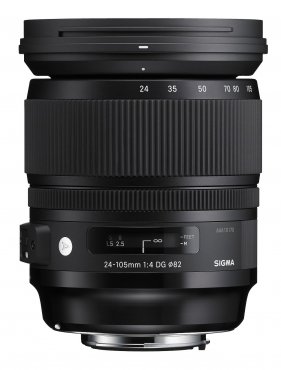
![Sigma 50mm f/1.4 DG HSM [A] Nikon AF - 6009015 Sigma 50mm f/1.4 DG HSM [A] Nikon AF](https://media.foto-erhardt.de/images/product_images/thumbnail_images/172/sigma-50mm-114-dg-hsm-a-nikon-af-159767011317290304.jpg)
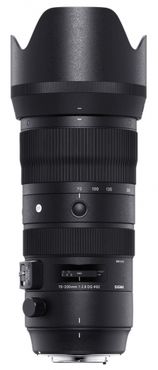
![Sigma 16 mm f1.4 DC DN [C] for Micro Four Thirds - 6024988 Sigma 16 mm f1.4 DC DN [C] for Micro Four Thirds](https://media.foto-erhardt.de/images/product_images/thumbnail_images/216/sigma-16-mm-f14-dc-dn-c-fur-micro-four-thirds-159784192421660304.jpg)
![Sigma 150-600mm f5-6.3 DG DN OS [S] L-mount - 6038522 Sigma 150-600mm f5-6.3 DG DN OS [S] L-mount](https://media.foto-erhardt.de/images/product_images/thumbnail_images/059/sigma-150-600mm-f5-63-dg-dn-os-s-l-mount-167334342705910304.jpg)
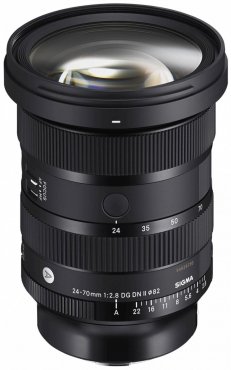

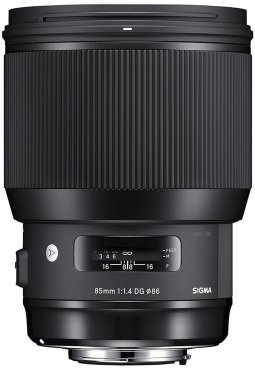

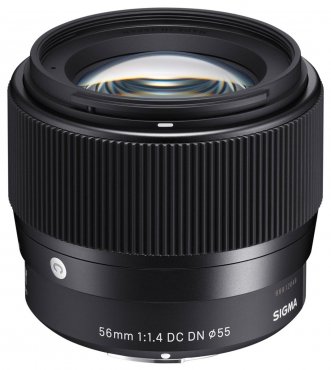
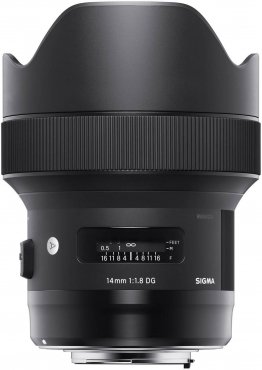
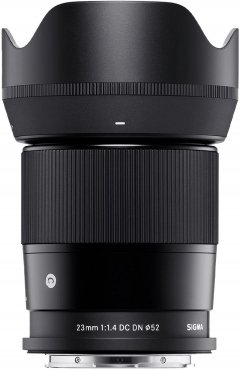
Simply subscribe and benefit as a newsletter recipient every week: